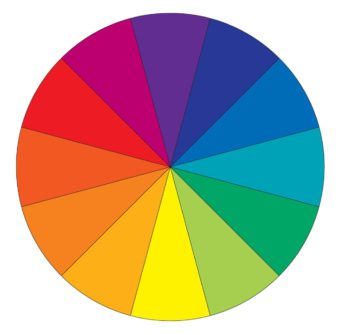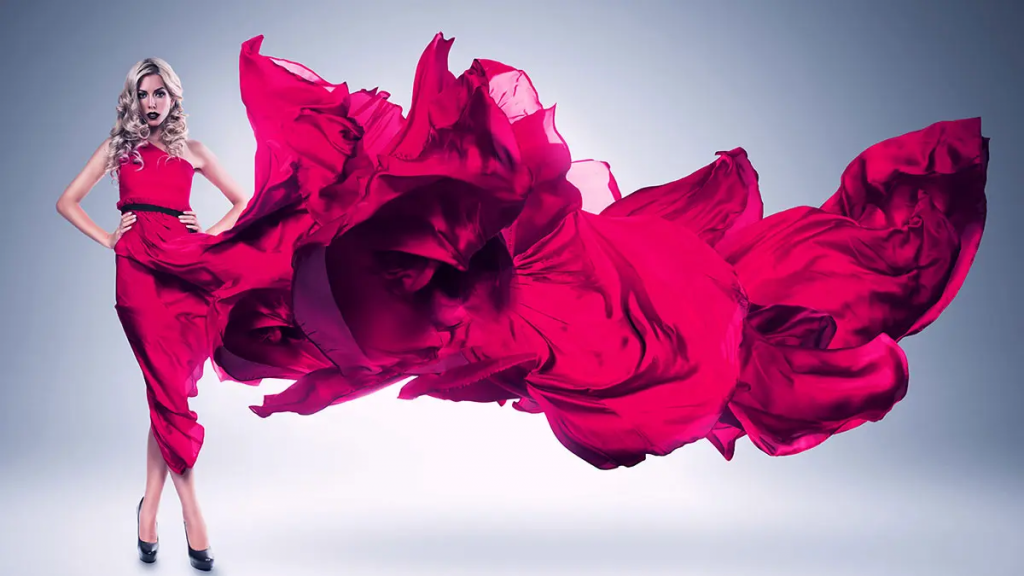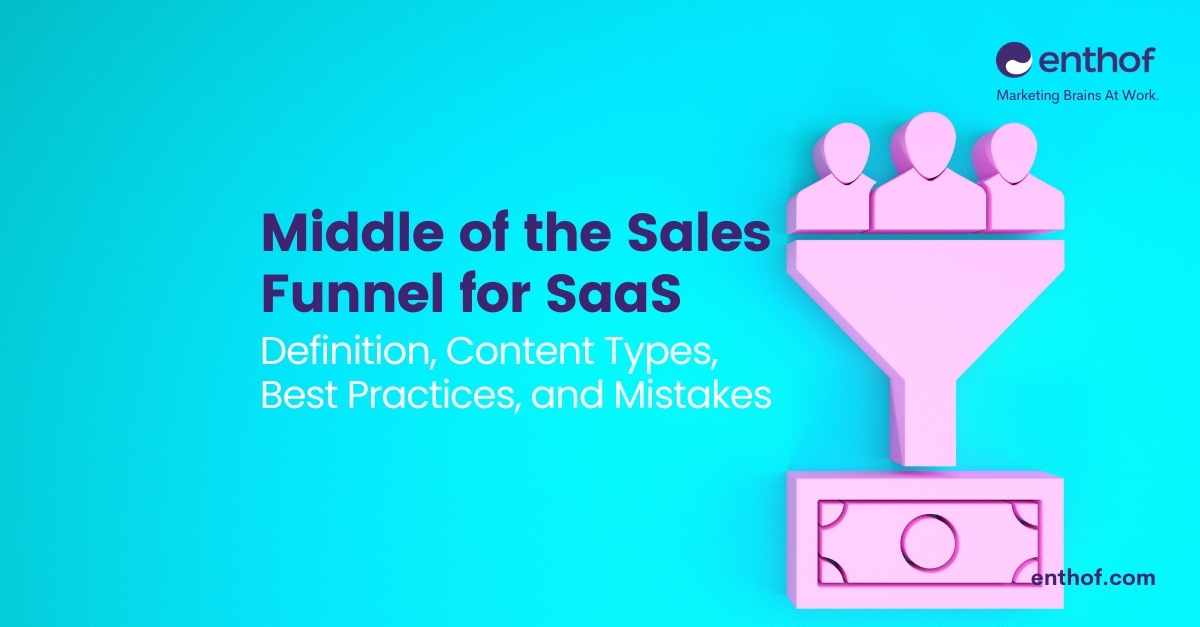Why Is Advertising Photography the Future of Any Marketing Strategy
When it comes to advertising photography, few people pay attention to the technical aspects, which gives a lot of potential for poor work.
An average SMB may not understand why they need to hire a commercial photographer, but they do wonder why their marketing materials aren’t up to pace when compared to premium brands.
You don’t have to be a subject matter expert to figure out why bigger companies are willing to pay a little more for advertising photography services– to sell more things!
Why hire a professional advertising photographer?
We may have heard endless times that people are visual creature, but we hardly understand about how much deep visuals run under us.
Right from making paintings on caves to selfies, we talk every day on a daily basis. But when it comes to extracting commercial value, things have gotten far more sophisticated than before.
At the beginning of 70, more than 500 ads were exposed every day to a person. 500 ads per day sound mind-boggling until you learn that today:
…an average person is exposed to 5000 ads on a daily basis…
If you are ready to invest in the marketing content of your next ad campaign, visuals should be on the top positions of your preferred list.
This is considerably important for your success, as our brain processes images 60 000X faster than the text. Even when weighing between video and images as visual media forms, you should give priority to still images.
They make it easy for the viewer to focus and comprehend the concepts, unlike videos where one might have to pause/rewind to notice certain aspects.
Today, everyone has got a suitable camera on their phones, but clicking eye-catching life moments and posting them online doesn’t make one a professional photographer. Have a look at this headshot from the movie Joker (2019):

Do you think this kind of artistic photography is clickable? Or if it looks good just because it combines Gothic style with Joaquin Phoenix?
The answer is simple: There are many professionals who take care of everything in the frame, from composition techniques to lighting, to make it look beautiful.
The Joker still uses the color wheel principle we see at the bottom of the color wheel on the right, of using colors located on opposite ends.
Therefore, when looking for an advertising campaign, it would be in your best interest to hire a professional advertising photographer.
Professional advertising photographers understand how the audience reacts to different aspects of photography, such as brightness, saturation, contrast, and focus on a particular niche, which is what advertising photography is all about.
They are also well acquainted with the specific standards of the platform, which ensures that their work is consistent with the probability of push and pulls it can potentially face. This offers a tremendous opportunity to hire an advertising photographer and not to do it yourself.
Popular Niches For Advertising Photographers
When it comes to commercial photography, there are some special niches that serve as specialization domains for both photographers and brands.
Each of them works on a completely different user base and they are all focused on cultivating unique value. Here are a few popular niches for advertising photographers that you can refer to:
Lifestyle Photographer
These photographers interweave the experience of actually using a specific product with the help of models to help viewers create scenarios where they visualize themselves in the frame.
They work on a wide variety of services and products like resorts, clubs, artifacts, custom items, or even clothing but with the models imitating or inspiring the actual buyers.
They lean more towards creating an emotional experience rather than focusing on the item itself.
This is an attractive art photo from Adidas, a brand designed to serve athletes, but is indeed a lifestyle brand. Its visual content stands witness to its vision and is well reflected in the appeal they create:

Product Photographers
A product, photographer exclusively focuses on products and tries to highlight their features. These images are used for commercial purposes for catalogs and product manual.
They may or may not render artistic value, but in most cases, they extend a functional value addition. Thus a product photographer keeps the end user’s concerns and benefits at the center when capturing photos.
In yet another example coming from a footwear brand, you can clearly find that the entire emphasis is laid on the product. Every other aspect acts as a value addition to the product and is solely meant for the purpose of improving product visualization:

Fashion photographers
As the names indicate, a fashion photographer emphasizes attire, jewelry, and other accessories. They work with professional models, and everything, including makeup and location, is predetermined by respective professionals.
Aesthetic appeal and the ability to attract paying customers for a fashion product is a lucrative career option as well.
Fashion photography requires one to use the model as a prop and it interweaves artistic qualities with the clothing. In the below example, you can see that the attire is enhanced with the sole motive of adding aesthetic appeal:

Of course, there are many other areas where a person can specialize as a photographer. Keep in mind that as long as you have an audience, you can find valuable opportunities for advertising photography.
What Drives The Commercial Photography Industry?
Everybody, right from art directors to brand managers and creative directors working in a top-notch agency and even independent advertising photographers, are all driven by a marketing strategy.
The commercial photography sector is driven by variables such as brand image, qualities to be highlighted, and the concept of making a connection with the customer.
Although it is geared toward creating value, the mechanics necessitate the consideration of a number of factors that extend far beyond the lens.
The story you want to tell, for instance, is just as important as the product or the models. Another method to define how the objectives are defined in this area is to keep the end consumer at the center of advertising photography.
On the other hand, the monetary aspects that must be considered are the success of the conducted campaigns, income creation, lifetime value of the work, and compensation yielded against the service.
Furthermore, the abstract aspects of this profession include developing relationships, nourishing the aim of connecting with a brand, and fostering trust. As a result, commercial photography can be thought of as a healthy combination of creative and financial values.
What Does It Take To Be a Commercial Photographer?
It’s important to realize that enrolling in a course or degree program for advertising photography-related employment isn’t the best option. All you need is a little imagination and a willingness to listen to what your target audience appreciates.
A photo meant to enhance sales of a health tonic, for example, should place equal attention on the models and the product, because emotions are the primary conversion drivers. Because such fundamental concepts apply to both print and digital media, it’s best to start with hands-on internships.
Professional courses and formal education might be beneficial if you select a reputable college that teaches you what the business requires and, more importantly, assists you in obtaining your first job.
Salary information for these positions will be limited compared to ordinary profiles, but you can expect to earn a fair wage once you’ve been with the company for a while.
You can begin by watching a few instructive courses on YouTube or Udemy and putting together a basic portfolio to apply for internships or freelance projects.
At first, you should concentrate on conforming to industry norms. You will eventually gain a grasp of the business’s work ethics, networking, liaison, operational, and commercial aspects.
Redistribution of your work on a business website, social media platforms, and message platforms, for example, necessitates numerous adjustments, and you should consider all of them before getting started.
Continuous exposure, which can only be obtained through on-the-job training, is required for such photographic mastery.
Conclusion
We’ve emphasized one aspect throughout the article: advertising photography is a large but specialized field. Before joining the industry, one must do enough research, and even as a possible client, one must have industry knowledge. We hope that this article has given you a better understanding of the world of advertising photography and Why Is Advertising Photography the Future of Any Marketing Strategy




